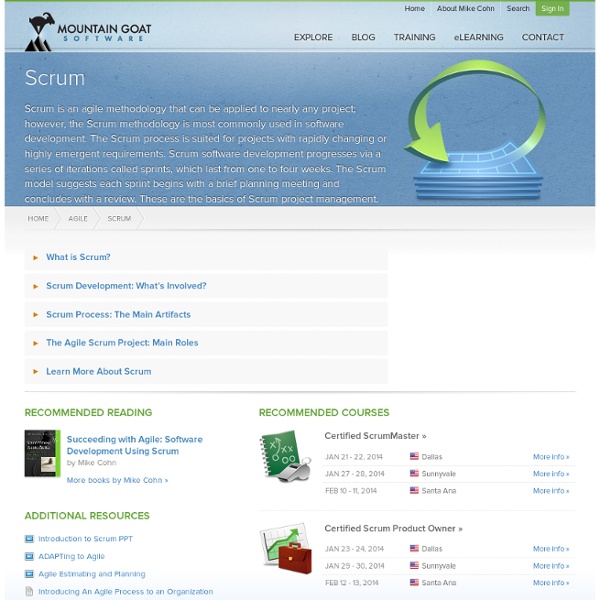Introduction to Scrum - An Agile Process

What Is Scrum?
According to the State of Agile Survey, approximately 60 percent of projects are Agile.1 After all, Agile frameworks help companies accelerate time to market, increase productivity, and respond to changes in priorities. Of all the Agile frameworks, Scrum is the most widely adopted. Professionals from around the world and in a variety of industries are using Scrum to position their teams for greater success. Join the global movement that is transforming the world of work, and bring Scrum to your workplace. To bring Scrum out of the classroom and into practice, you'll need a Certified Scrum Coach (CSC). CSCs are experts in both the theory and practice of Scrum. Certified Scrum Trainers (CSTs) are licensed to teach Certified ScrumMaster® (CSM) and Certified Scrum Product Owner (CSPO) courses within your workplace environment. 1 VersionOne.
Scrum Methodology & Agile Scrum Methodologies
Related:
Related:



